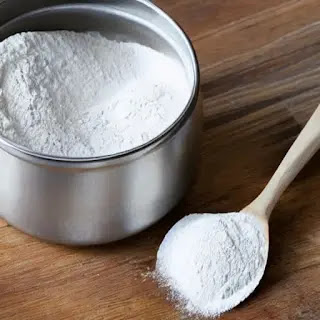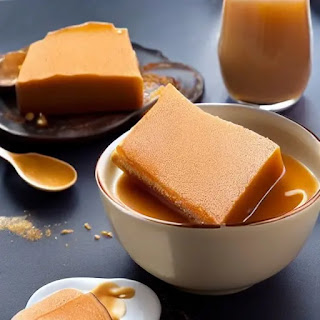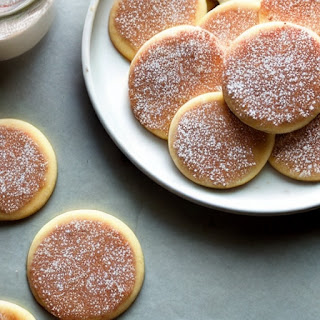How Baking Powder Can Spoil
.webp)
Can Baking Powder Spoil or Go Bad? Baking powder is a common ingredient in many baked goods, such as cakes, muffins, pancakes, and biscuits. It helps the dough or batter rise and create a light and fluffy texture. But did you know that baking powder can go bad over time and lose its effectiveness? Baking powder is a mixture of baking soda, acids (usually cream of tartar and sodium aluminum sulfate or sodium acid pyrophosphate), and a buffering ingredient (typically cornstarch). When baking powder comes into contact with moisture or heat, it reacts and releases carbon dioxide gas. This gas forms bubbles in the dough or batter and makes it expand. However, if baking powder is exposed to too much moisture or heat for too long, it can also react prematurely and lose its power to leaven the dough or batter. This can result in flat, dense, or bitter baked goods that nobody wants to eat. How can you tell if your baking powder has gone bad? Here are some signs to look out for: Sour or unpleasa

.jpg)
.jpg)


